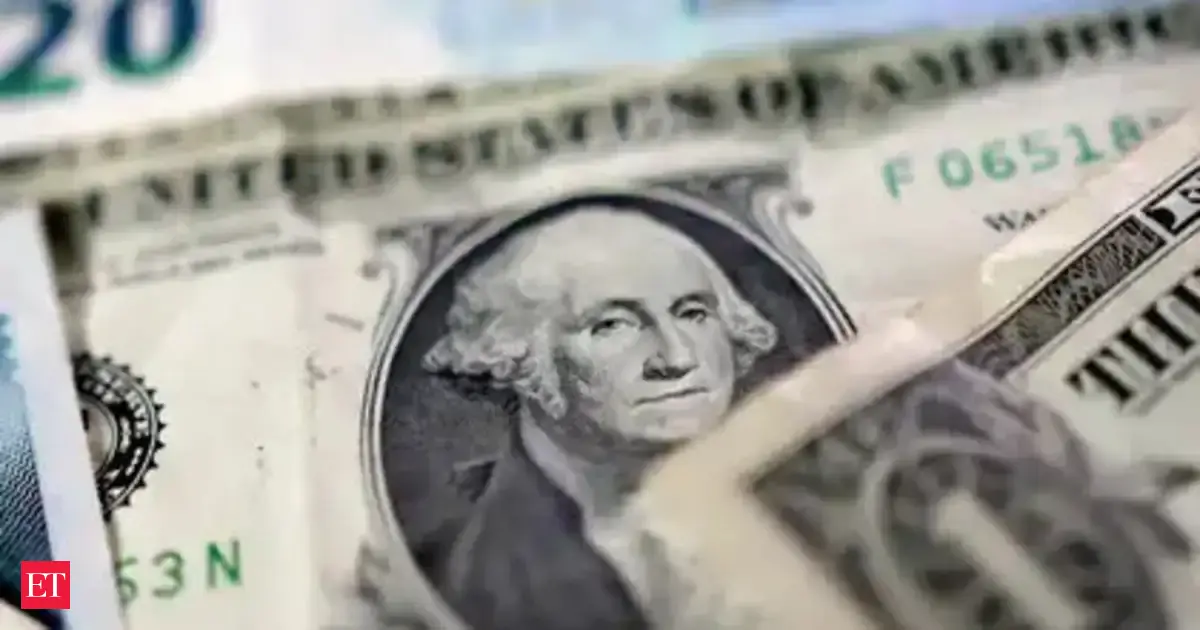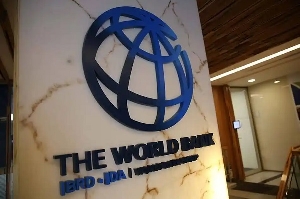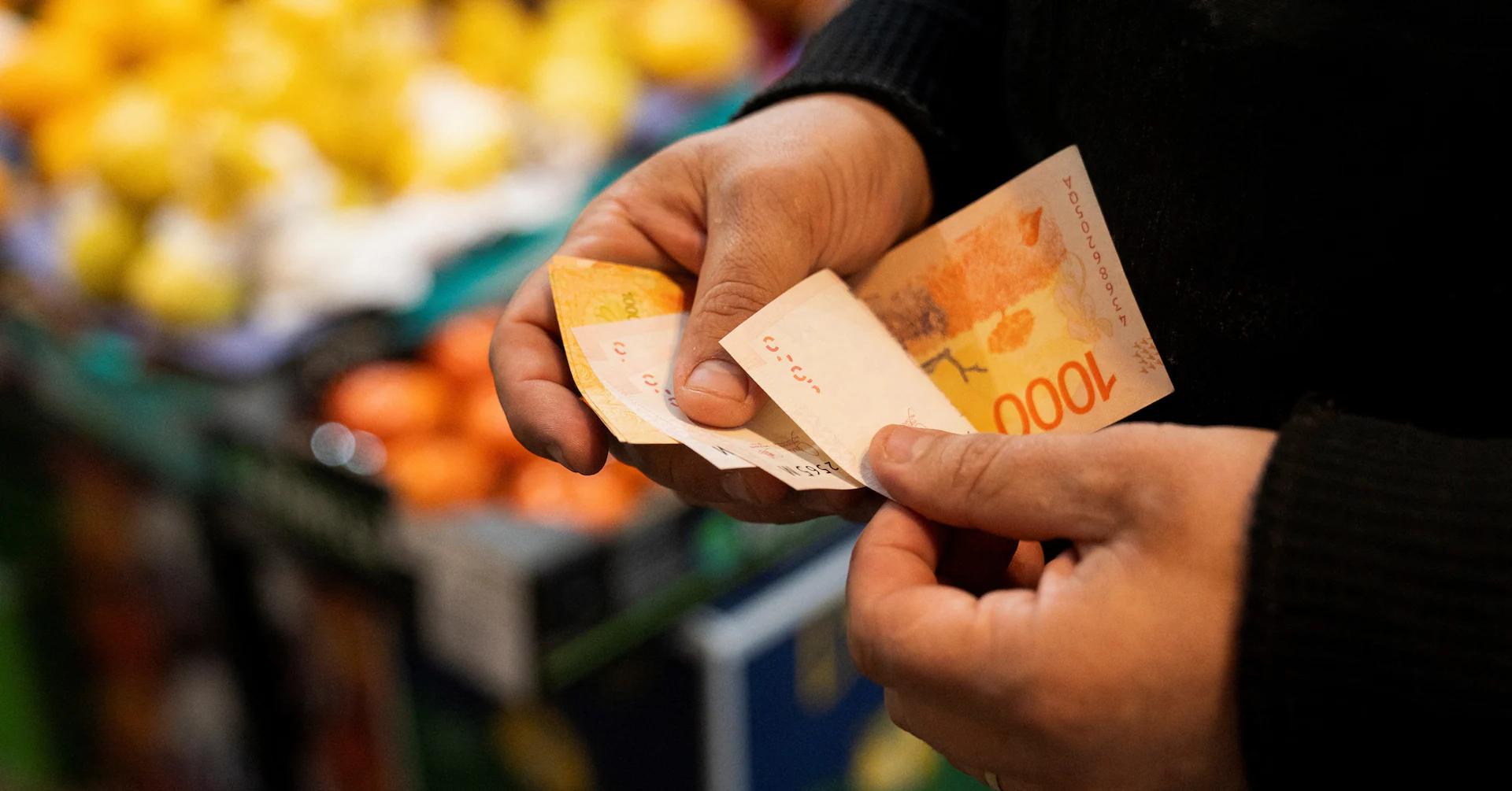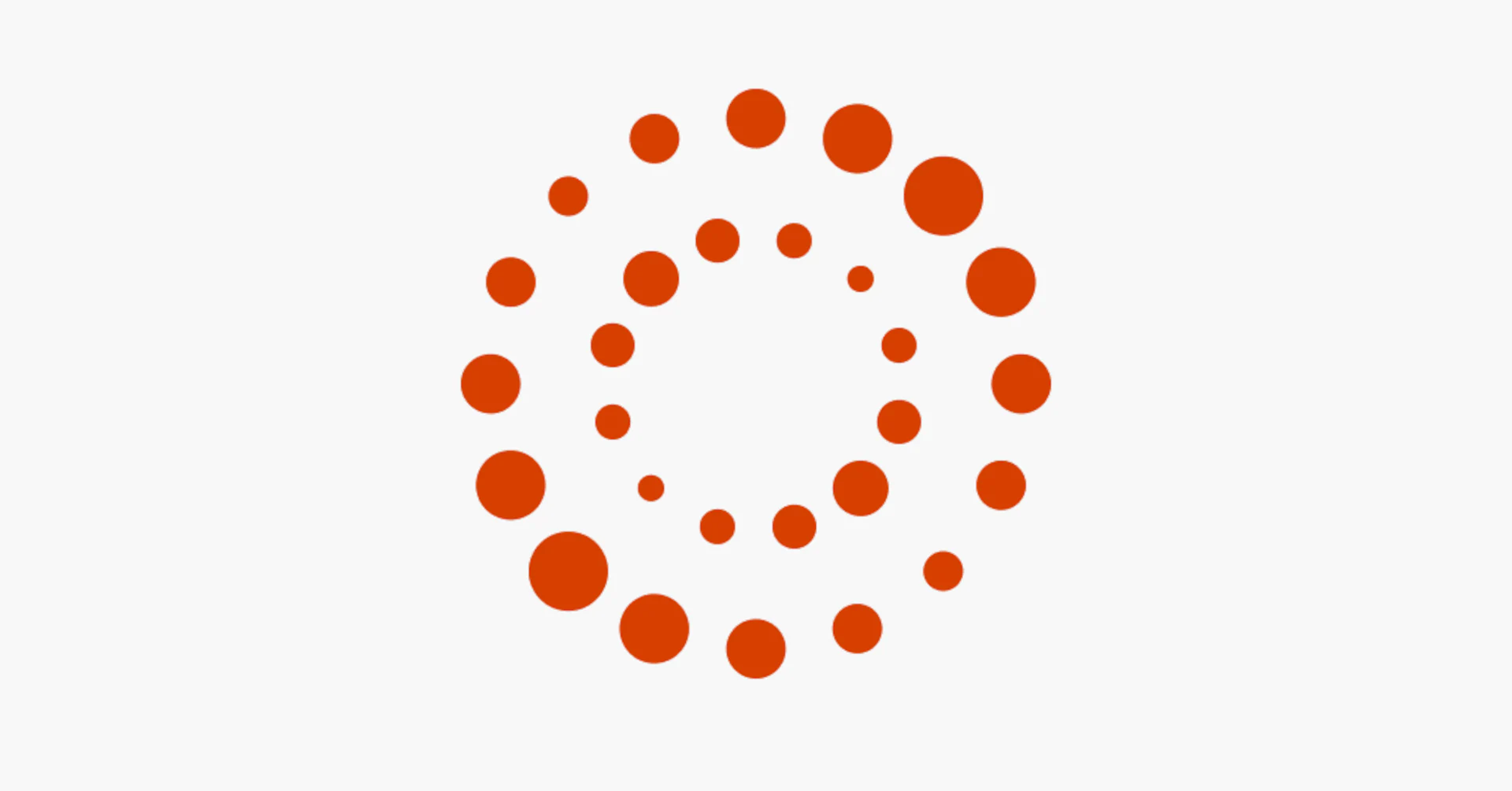LIHEAP payments coming to Americans’ bank accounts in the next few days? Details you must know
By Piyush Shukla
Copyright indiatimes

LIHEAP provides two types of payments: regular assistance and crisis assistance, designed for different household needs.
Millions of Americans are about to receive energy assistance through the Low-Income Home Energy Assistance Program (LIHEAP). These payments are designed to help households cover heating and cooling bills, especially as colder months approach. If you rely on this support, it’s important to know when and how you might receive your payment. LIHEAP provides financial help to low-income families, seniors, and people with special needs. The program ensures that households can stay warm in winter and cool in summer without falling behind on bills. The amount you receive depends on your state, household size, and energy costs. Many states start distributing payments in the fall, just before energy bills rise during winter. Some states also offer additional support for families facing emergencies, such as broken heating systems or unusually high energy costs. Early applications are encouraged because funds are limited. Eligibility varies by state, but generally, households must have an income at or below 150% of the federal poverty level. Applicants also need to be responsible for paying their energy bills, either directly or through rent, and must be U.S. citizens or legal residents. Applying for LIHEAP is straightforward. Most states offer online applications, while some allow you to apply in person or by phone. Having your income and household information ready can speed up the process and increase your chances of receiving full benefits.Live Events LIHEAP is a grant, not a loan, so you do not have to repay the money. For many families, this financial support can make a significant difference, helping cover bills and reducing stress. If you think you might qualify, it’s best to check your state’s program and apply as soon as possible.What is LIHEAP and Who is it For?LIHEAP is a government program that helps low-income families pay heating and cooling bills. It started in 1981 to support households that spend a large part of their income on energy. If a family struggles to keep their home warm in winter or cool in summer, LIHEAP can provide financial help. The program especially helps older adults, people with disabilities, families with young children, and anyone facing energy emergencies.LIHEAP payment amounts vary by state, household size, income, fuel type, and energy costs, with defined minimum and maximum benefits for the 2025 season:Typical maximum LIHEAP benefit payments range from around $300 to $1,500 depending on state guidelines. For example, Rhode Island sets a minimum benefit of $75 and a maximum of $1,285 for 2025.Pennsylvania offers cash grants ranging from $200 to $1,000 based on household size, income, and fuel type, with emergency crisis grants potentially higher.California’s LIHEAP benefits can be up to about $1,500 for eligible households.The exact payment amount is usually determined by the household’s energy burden, income eligibility, and household characteristics.Some states offer a medically necessary cooling assistance benefit, such as New Jersey’s $300 direct credit to electric accounts for eligible households.Emergency crisis grants may have different maximum amounts and are targeted to immediate crises like shutoffs.LIHEAP payments in 2025 tend to range broadly between $75 and $1,500, adjusted for household needs and state rules. Applicants should check local agencies for precise benefit amounts in their state.How does LIHEAP provide help?Instead of giving money directly, LIHEAP sends funds to states, tribes, and territories. They then create programs to assist people in their communities. The way help is given can vary—some people get direct payments sent to their bank accounts. Others have their energy bills paid directly by LIHEAP to their utility company or fuel provider.The program also offers emergency aid for urgent situations. For example, if a household faces shutoff notices or dangerous heating equipment, LIHEAP can step in quickly to prevent loss of service or harm. LIHEAP helps in several ways:Paying heating bills in the winterPaying cooling bills in the summer when electricity is needed for air conditioningEmergency aid for families facing immediate utility shutoffs or unsafe conditionsWeatherization programs that make homes more energy-efficient, which helps lower energy bills over timeEnergy education and budgeting help to manage usage betterWhen will LIHEAP payments arrive?LIHEAP payments typically begin arriving after the application process, which varies by state but generally starts in the fall or early winter:Many states start accepting LIHEAP applications from October 1, 2025, with priority given to older adults, disabled individuals, families with young children, and households facing imminent utility disconnection. Other eligible households may start applying November 1, 2025.After applying, it usually takes a few weeks to a couple of months for the application to be processed and for payments to be sent.Payments often go directly to utility companies as credits on bills, usually appearing late in the heating or cooling season, sometimes months after application approval.For fuel deliveries (like oil or propane), vendors may be paid directly to supply fuel.Some states like Pennsylvania expect the first treasury checks with LIHEAP grants around mid-October 2025.The LIHEAP season generally runs through spring, with payments and benefits being distributed throughout the season until funds are exhausted.Therefore, for this 2025-2026 season, many states have already started sending out LIHEAP funds, especially to priority groups, and others will continue disbursing through the winter and early spring. Applicants should apply as early as possible for quicker assistance and can check with local agencies for specific payment timelines in their state.Why is this help so important now?Energy bills usually go up as the weather gets colder. For families with tight budgets, higher heating or cooling costs can be a big challenge. LIHEAP helps keep homes safe by making sure heat or air conditioning stays on. It can also prevent serious health risks like hypothermia in winter or heat-related illness in summer. Lowering bills through energy efficiency keeps savings in pockets longer.How can people apply for LIHEAP?LIHEAP programs are run by states and local groups, so the process varies by location. Anyone seeking help should contact their state’s LIHEAP office or local community service agencies. Many states offer easy online applications, while others can help by phone or in person. It’s important to apply early before the cold season starts because funds are limited.What should people know?LIHEAP is meant for low-income households with high energy costs relative to incomeIt helps pay heating and cooling bills, not all electricity billsEmergency support is available for urgent shutoff risksWeatherization helps save on future bills with energy upgradesLIHEAP does not charge fees. Beware of scams asking for money in exchange for aidLIHEAP is a lifeline that helps millions manage rising energy costs every year. As payments roll out in the coming days, eligible families should act quickly to ensure they get the help they need to stay safe and comfortable at home. Checking with local offices about applications, benefits, and timing is key to not missing out on this important support. This program keeps homes warm in winter, cool in summer, and lowers energy bills for those who need it most.Add as a Reliable and Trusted News Source Add Now!
(You can now subscribe to our Economic Times WhatsApp channel)
Read More News onLIHEAP emergency energy payment direct depositsliheap paymentsenergy assistancegovernment grantsenergy bills 2025apply for liheapeligibility requirementsstate energy programs
(Catch all the US News, UK News, Canada News, International Breaking News Events, and Latest News Updates on The Economic Times.) Download The Economic Times News App to get Daily International News Updates….moreless
(You can now subscribe to our Economic Times WhatsApp channel)Read More News onLIHEAP emergency energy payment direct depositsliheap paymentsenergy assistancegovernment grantsenergy bills 2025apply for liheapeligibility requirementsstate energy programs(Catch all the US News, UK News, Canada News, International Breaking News Events, and Latest News Updates on The Economic Times.) Download The Economic Times News App to get Daily International News Updates….moreless
Explore More Stories123



